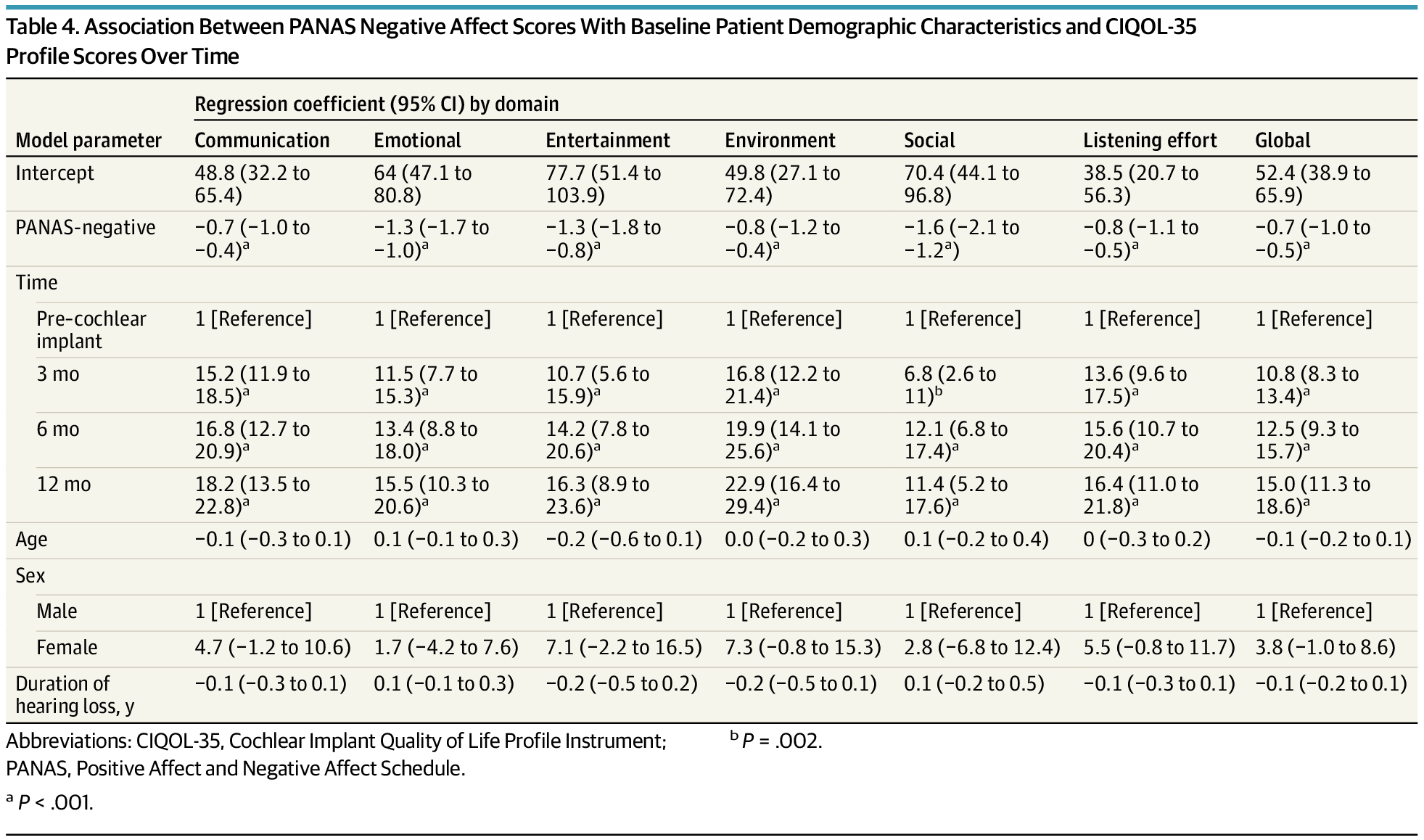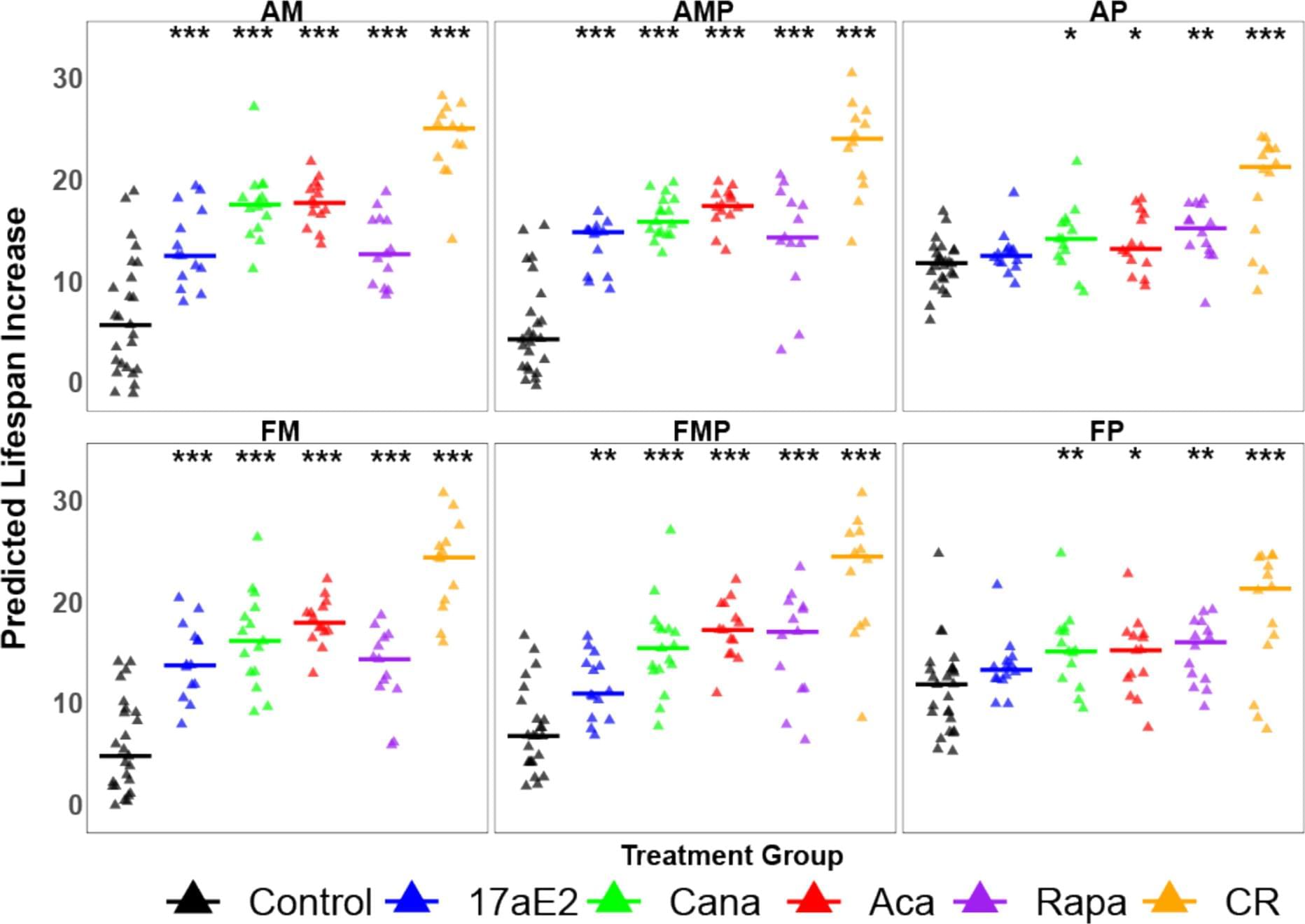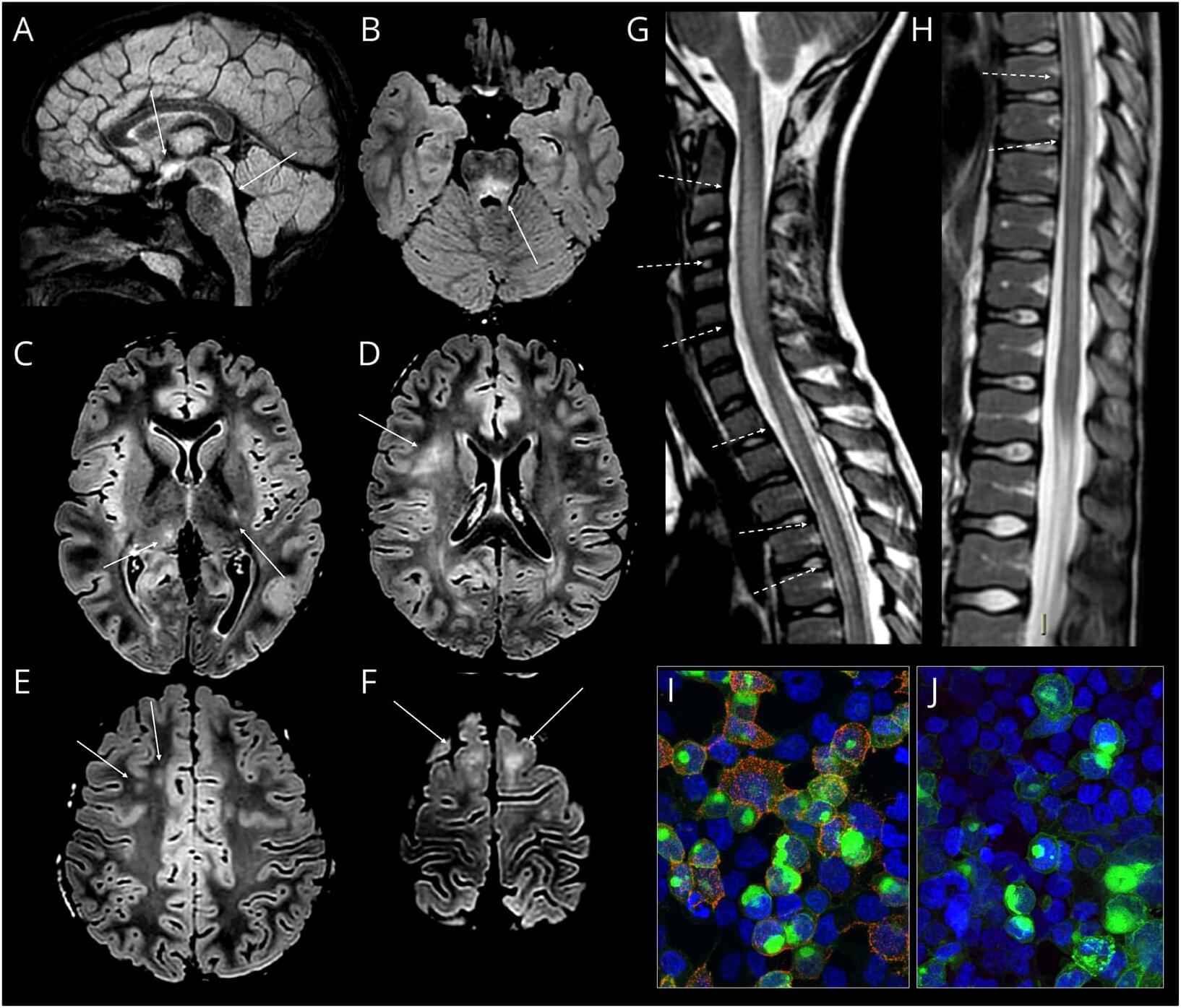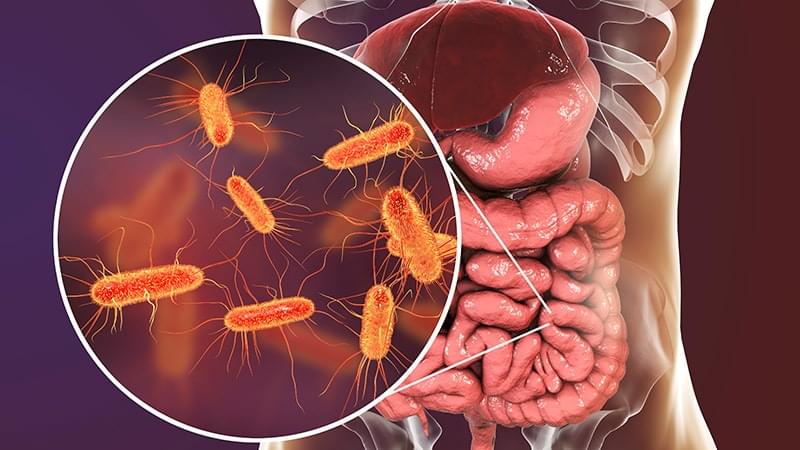An analysis of genetic data from over 900,000 people shows that certain stretches of DNA, made up of short sequences repeated over and over, become longer and more unstable as we age. The study found that common genetic variants can speed up or slow down this process by up to four-fold, and that certain expanded sequences are linked to serious diseases including kidney failure and liver disease.
More than 60 inherited disorders are caused by expanded DNA repeats: repetitive genetic sequences that grow longer over time. These include devastating conditions like Huntington’s disease, myotonic dystrophy, and certain forms of ALS.
Most people carry DNA repeats that gradually expand throughout their lives, but this instability and what genetic factors control it hadn’t been fully analyzed within large biobanks.







